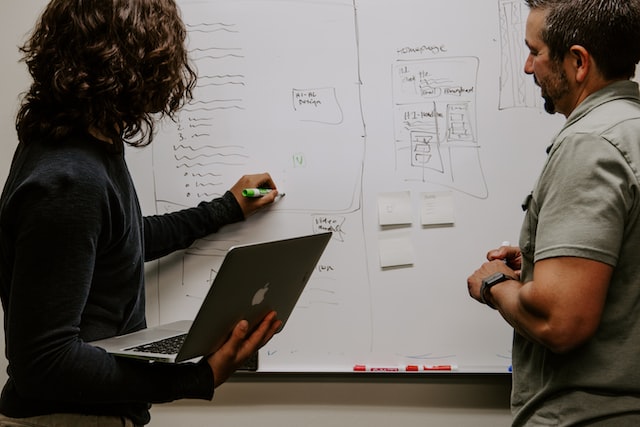Project management methodologies guide the complex process of turning innovative ideas into completed projects. Among the many methodologies available, Agile and Waterfall stand out as two of the most popular approaches. Each has its unique strengths and weaknesses, and understanding these can help you choose the best fit for your project’s needs.
Understanding Waterfall
Waterfall is a linear, sequential design approach where the project’s scope, timeline, and resources are determined at the beginning, and subsequent phases (conception, initiation, analysis, design, construction, testing, implementation, and maintenance) follow in a rigid linear sequence. This methodology is best suited for projects with clear, unchanging requirements and where a comprehensive plan is feasible from the start.
Advantages of Waterfall:
- Predictability: With its structured nature, Waterfall allows for precise scheduling and budgeting.
- Simplicity: The straightforward, sequential approach is easy to understand and manage.
- Documentation: Emphasis on documentation ensures every aspect of the project is captured in detail.
Disadvantages of Waterfall:
- Inflexibility: Once a phase has been completed, revisiting it is often not possible without significant cost and time expenditures.
- Risk of Obsolescence: If project requirements change mid-way, the project might deliver something outdated at its completion.
- Late Testing Phase: Errors and issues are often discovered late in the process, leading to delays and higher costs.
Understanding Agile Project Management
Agile, in contrast, is an iterative, incremental method primarily used in software development but increasingly adopted by other industries. It divides projects into manageable units called sprints, with each sprint delivering a potentially shippable product increment. Agile focuses on flexibility, continuous improvement, and fostering a collaborative team environment.
Advantages of Agile:
- Flexibility: Able to adapt to changes in project scope and requirements on the fly.
- Customer Satisfaction: Regular feedback loops with clients ensure the product meets their needs at every stage.
- Risk Management: Frequent assessments allow risks to be identified and addressed earlier in the process.
Disadvantages of Agile:
- Less Predictability: Budgets and timelines are harder to estimate due to the evolving nature of projects.
- Requires More Engagement: Constant collaboration can be resource-intensive and requires a committed, experienced team.
- Scalability Issues: Managing larger projects can be challenging due to the decentralized decision-making process.
Choosing the Right Methodology
1. Project Requirements
- Fixed Requirements: If the project’s requirements are well understood and unlikely to change, Waterfall might be the more suitable choice.
- Evolving Requirements: If the project is expected to adapt and evolve, Agile offers the necessary flexibility.
2. Customer Involvement
- High Customer Engagement: Agile requires and facilitates frequent interaction with the customer, which is ideal for projects where customer feedback is crucial.
- Low Customer Engagement: Waterfall works well when customer involvement is limited to initial and final stages.
3. Project Size and Complexity
- Large, Complex Projects: Waterfall allows for meticulous planning and control, which can benefit large-scale projects.
- Small to Medium-Sized Projects: Agile is typically more manageable for smaller, less complex projects.
4. Risk Tolerance
- High Tolerance for Risk: Agile allows teams to address issues as they arise, which can mitigate risks more effectively.
- Low Tolerance for Risk: Waterfall’s structured approach helps in thorough upfront planning, which can minimize risks.
5. Team Dynamics
- Experienced Teams: Agile teams need to be highly collaborative, proactive, and adaptive.
- Traditional Teams: Waterfall might be better for teams accustomed to a structured, hierarchical setup.
Conclusion
Choosing between Agile and Waterfall depends largely on the project’s specific needs, the team’s dynamics, and the desired level of flexibility. Agile offers adaptability and customer-centricity, making it ideal for projects with variable requirements. In contrast, Waterfall provides a systematic, linear approach suitable for projects with fixed requirements. By understanding the strengths and limitations of each methodology, you can select the most effective one for your project, ensuring better outcomes and more efficient management.

Leave a Reply